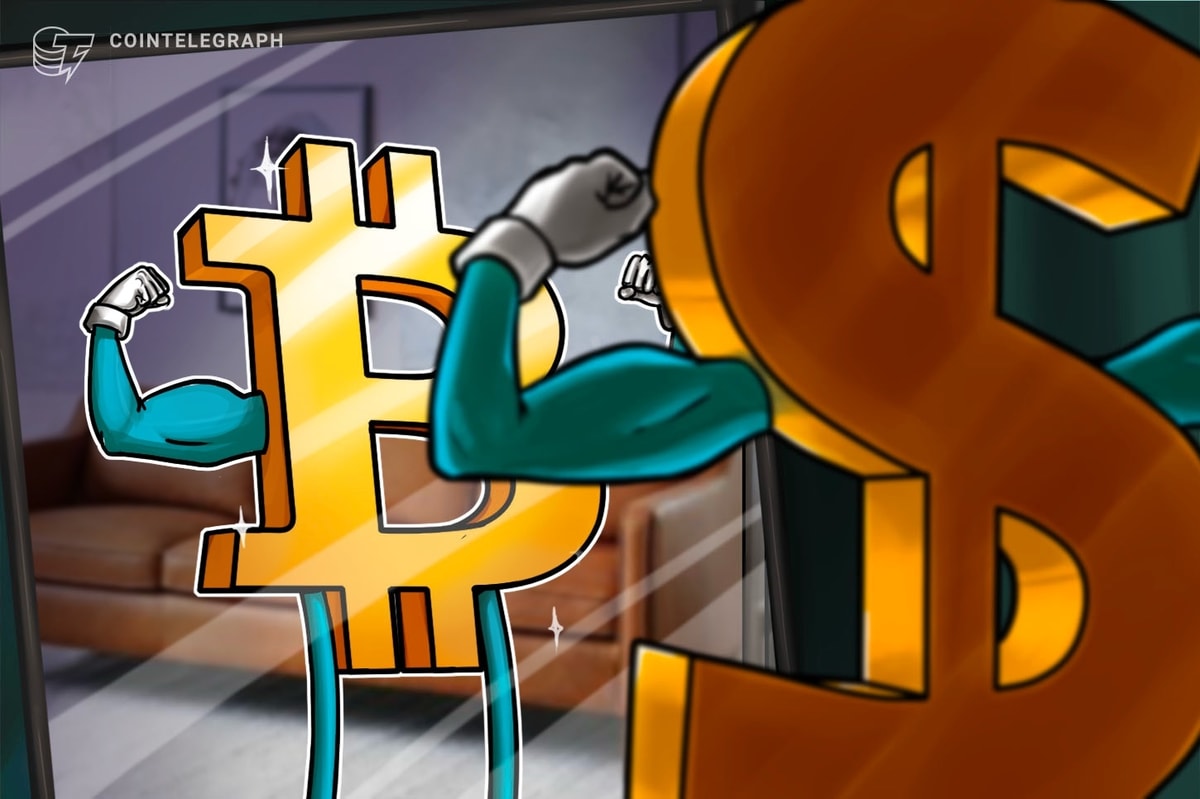Fed to start winding back $120bn-a-month stimulus programme
3 min readThe Federal Reserve said it would begin scaling back its massive $120bn monthly bond-buying programme this month, a critical milestone for a US economy that is recovering from the pandemic and contending with surging inflation.
The decision is the culmination of months of debate among Fed officials about the level of support the world’s largest economy needs as price pressures begin to extend beyond the sectors most sensitive to the post-pandemic reopening.
The move corresponded with abrupt actions by a number of central banks around the world to tighten monetary policy, including the Reserve Bank of Australia and the Bank of Canada.
The Bank of England, which meets on Thursday, is expected to raise interest rates for the first time since 2018. Investors are betting that the European Central Bank could follow suit next year despite recent pushback from its president Christine Lagarde.
Roaring consumer demand in the US has collided with acute supply chain disruptions, causing prices to jump in some sectors for longer than central bankers had anticipated. Rising rents coupled with wage pressures and a severe shortage of workers have given rise to concerns that inflation will prove more persistent than the Fed had initially expected.
Against the backdrop of the overheating economy, the Federal Open Market Committee ended its two-day policy meeting with a pledge to reduce its purchases of Treasury securities by $10bn a month. The central bank will also reduce its purchases of agency mortgage-backed securities by $5bn a month.
The FOMC said it was able to withdraw the stimulus because it had achieved “substantial further progress” towards its twin goals of maximum employment and inflation that averages 2 per cent.
The tapering process is set to begin in mid-November, which suggests the stimulus programme would cease in June 2022. The purchases would be reduced by the same amount in December and further reductions were deemed to “likely be appropriate” each month thereafter.
The Fed committee said it was “prepared to adjust the pace” of the tapering process “if warranted by changes in the economic outlook”. It added that the remainder of the bond-buying programme would “foster smooth market functioning and accommodative financial conditions” to “support the flow of credit to households and businesses”.
The central bank’s preferred inflation gauge, the core personal consumption expenditure index — which strips out volatile items such as food and energy prices — rose 3.6 per cent in September from a year earlier.
On Wednesday, the Fed tweaked the language it used to describe the inflationary outlook in a tacit if subtle admission that higher prices could persist for longer than it had originally anticipated. It said that upward pressure on prices is “expected to be transitory” whereas previous statements had said inflation was being largely driven by “transitory factors”.
The statement also indicated that supply and demand imbalances have contributed to “sizeable price increases in some sectors”, and said that progress on vaccinations and easing supply constraints would further support the economic recovery and help bring down inflation.
No adjustment was made to the Fed’s main policy rate, which is tethered near zero, and the central bank’s statement reiterated that the economic bar for raising rates was far higher than that for tapering.
Also on Wednesday, the Treasury said it would reduce the amount of debt it issues this quarter, as funding needs for fiscal projects have waned. It is the first cut to Treasury bond auction sizes in five years and provides a counterweight to the Fed’s taper, analysts say.
“It’s almost fortuitous that it is happening this way. It’s certainly good for the Treasury market — it will help offset some of the demand loss,” said Gennadiy Goldberg, senior US rate strategist at TD Securities.
After the announcement the Treasury yield curve steepened and the two-year yield dipped, indicating that traders had reduced bets modestly on rate rises. Eurodollar futures, a closely tracked measure of interest rate expectations, initially fell, although the market is still pricing in a rise in rates beginning in autumn 2022.
The benchmark 10-year yield, which tracks expectations of economic growth, rose to session highs of 1.59 per cent on the dovish tone. The blue-chip S&P 500 index rose to a fresh intraday record after the statement but later pared some of those gains.
Additional reporting by Kate Duguid in New York







